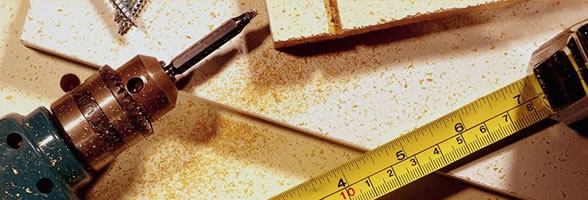Article archive
10/06/2016 21:35
A very popular belief among Vietnamese is the custom of the ancestor cult. In every household, an ancestor altar is installed in the most solemn location.
Vietnamese believe that the soul of a dead person, even if dead for many generations, still rests along with their descendants on earth. The dead and living persons still have spiritual communion; in everyday life, people must not forget that what they enjoy and how they feel is the same for their dead relatives.
On the last day of every lunar year, an announcing cult, cung tien thuong, is performed to invite the dead forefathers to return home to celebrate Tet holidays with their families. During the last days before Tet, all family members visit their ancestors’ graves; they clean and decorate the graves, in the same manner that the livings clean and decorate their houses to welcome the New Year.
On the anniversary of an...
—————
10/06/2016 21:33
Getting married is an important event in a Vietnamese’s life. The procedure of the ancient wedding ceremony was very complicated. Current wedding ceremony procedures include the following steps: the search for a husband or wife, the proposal, the registration, and finally the wedding.
Depending on habits of specific ethnic groups, marriage includes various steps and related procedures, but generally there are two main ceremonies:
Le an hoi (betrothal ceremony): Some time before the wedding, the groom and his family visit the bride and her family with round lacquered boxes known as betrothal presents composed of gifts of areca nuts and betel leaves, tea, cake, fruits, wines and other delicacies covered with red cloth and carried by unmarried girls or boys. Both families agree to pick a good day for wedding.
Le cuoi (wedding ceremony): Guests would be invited to come to join a...
—————
10/06/2016 21:31
In summertime, groups of children often play with tops along Ha Noi’s streets and alleys. Their enthusiasm and happy laughter attract an audience, old and young, and remind older viewers of their younger days. The folk pastime of top spinning still charms city children despite the popularity of modern games such as bowling, skateboarding, billiards and video games.
In the countryside, most children make their own tops out of guava, jackfruit, or longan wood. Sometimes they fashion tops from buffalo horn, though there tops are rare because horns are harder to obtain and more difficult to shape. City children frequently use wood scraps left from making furniture to fashion their tops. To Tich Street in Ha Noi’s Old Quarter is famous for trading tops. A top has three parts: the head, body and nail. The head is shaped into a cylinder. The body is a sphere; the string is wound around its upper part. The nail must be accurately fixed into the bottom point of the top. Children in the...
—————

